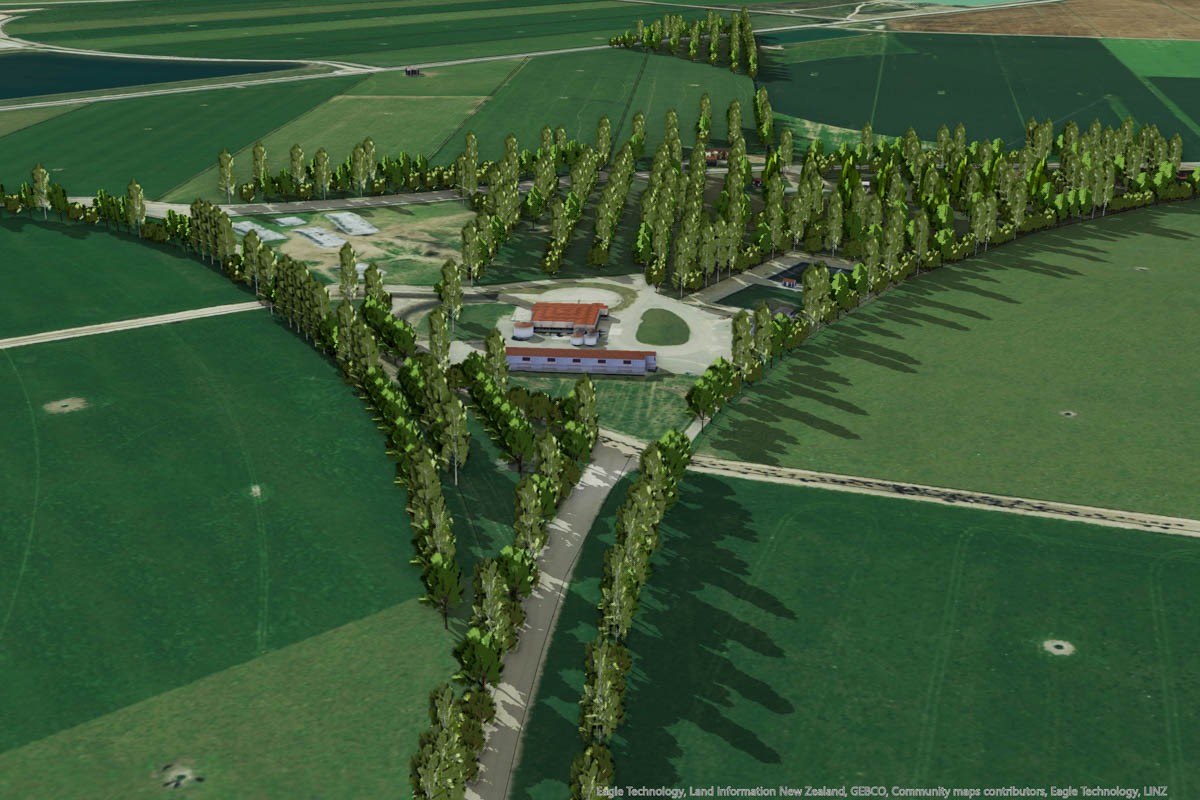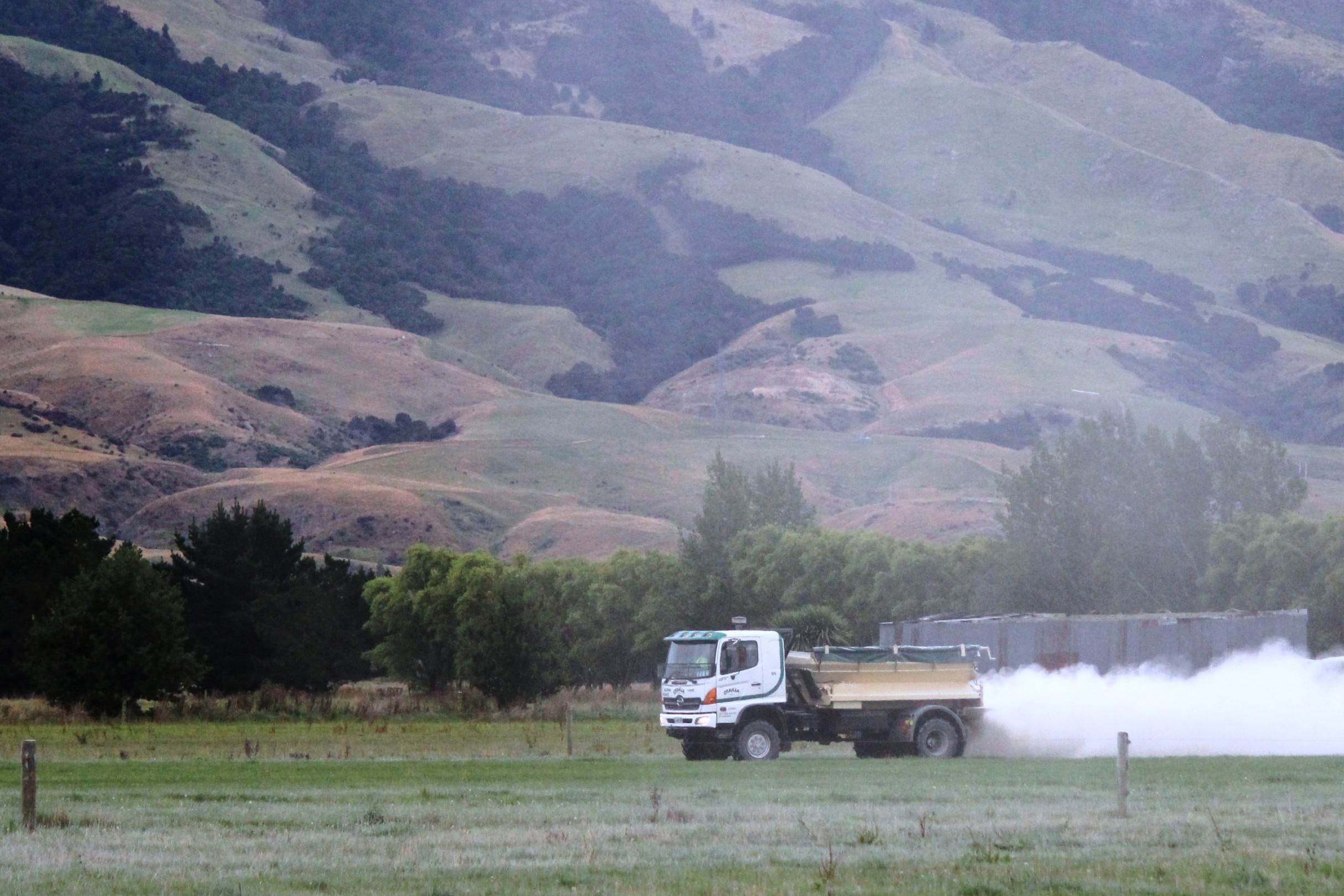Technology has allowed the introduction of virtual fencing on farms with a range of resulting benefits. By Pete Morgan.
We have so much new tech and data to sort through and try to understand. Feeding pasture and moving animals is still the basic thing we do. It keeps the routines happening and maintains the base production driven by forages in New Zealand.
It’s worth just looking at virtual fencing by itself as a concept and what it might mean to pasture farming in NZ.
The concept has been explored for a while and now reliably works, but what does it mean to how we could farm? Any changes to our systems still need to do a better job of the fundamental parts of farming, not complicate them. We have flexible tools that easily allow us to optimise our feeding and managing animals.
We are now in our second season of fully virtually fencing and moving of all animals. It’s been an amazing experience. It has uncovered a good challenge. If you could manage your feed and animals without limitations, what is it you really want?
The reliability of our standard paddock and temporary fencing and the need for us to move animals ourselves have meant I always accepted my system as being as efficient as I could get it. Having a season to allow our farm to find a new optimum has come up with some unexpected findings and meant I’ve slowly let go of many of the ways I had.
Time. We’re all pressed for it and as we rightly give our more staff healthy and reasonable hours we have managed to reduce them by 20%. Also, because we’ve taken out so much of the operational time we now have a higher proportion of time being more productive and learning. We now spend more quality time with the cows checking them, their behaviour, the pasture residuals and planning the tuning of the allocations rather than stuck behind them while moving them. Likewise, we spend more time measuring feed and planning the rotation rather than putting up fences.
Animals. We joke that the cows get to ‘be cows’ now. It’s nice to walk through them and have them largely oblivious to us. We are removed from having to push them everywhere and always being between them and the next feed. They have chilled out and have tightened their own social structure. This results in them moving more calmly while maintaining their pecking order that we would normally disrupt by forcing the quieter ones at the back through the more dominant ones not moving at the front. And like traffic management on the motorway, it looks like you’re going slower but good flow means everyone gets there faster.
Mobs. We run more mobs when we need to and less when we don’t. Any time that a group or individual will benefit from being grazed separately we don’t give it a second thought. Conversely by being able to hold up on any area and move to feed as the last cow reaches the paddock we can create even opportunities for all of them by enabling larger mobs typically after calving has finished.
Feed. If our profitability is primarily driven by our ability to grow and utilise high quality feed, this has always meant we need to allocate accurately and maintain good, even residuals. This is an area of management that our handbrake has completely come off. As a break is drawn on the app the number of cows and area are shown and we can get it right every time. The lines don’t need to be straight and can merge with the contour and account for any sensitive areas.
We have multiple breaks in the day accounting for quality (graze the lower quality feed first), contour (control the slopes and seedhead) waterways (alter the distance according to rainfall), supplements (pre-feed on higher NDF pasture before maize silage) and fertility (graze high fertility areas hard and have the stock camp on the lower fertility areas). Cropping will feature more for us in the future as we can grow and feed it however we want with bigger paddocks and using any strip feeding shape we want. I don’t miss fencing turnips.
Paddocks. Have we taken all the fences out then? No. In fact I encourage farmers to leave them in unless it is in the way of you farming how you want. However, paddock size does limit our options to allocate the right amount of feed and have more choice. We have taken a third of ours out – all the triangles, small and unnecessary paddocks. The materials have been reused for our planting and repairing work. Ultimately we will take more out and end up with 12 ‘blocks’ of 10ha per farm, each bordered by the boundary, race and waterways or wetlands. What we have opened up so far does look amazing.
Environment. Pugging, proximity to waterways, sensitive contours and extreme rainfall events are now managed with simple plans that move mobs any time of the day or night to eliminate or minimize our impact. Outputs from tracking will be important to managing fertility, welfare and impact on soils. We can accumulate hours spent on areas of the farm represented in a heat map, where colours represent higher accumulated time by the stock.
Welfare. There is no doubt that our ability to demonstrate optimal care for our animals 24/7 is going to be scrutinized more but also has huge opportunities for adding value to our products and maintaining our credibility and relevance in the world. Most cow tech will help move our practices to improve this but accounting for where animals are and being able to take action in any events will be important. Extremes of wet, hot, cold and stress will require plans and evidence of action to show our delivery on the needs of stock. We move all mobs in sync at dawn and have moved many troughs to mean breaks can involve as many as possible.
We have been amazed how our young team have taken to our changes. They have the capacity to take full responsibility for all these above areas and incorporate them in every break or move they action and value getting out to measure feed and walk through the cows to make better decisions. Ultimately these are just tools and we need to still be smart about how we use them.
The discussion around where we want our industry to go and what outcomes are necessary are challenging but healthy and should stimulate solutions for everyone to benefit from.





